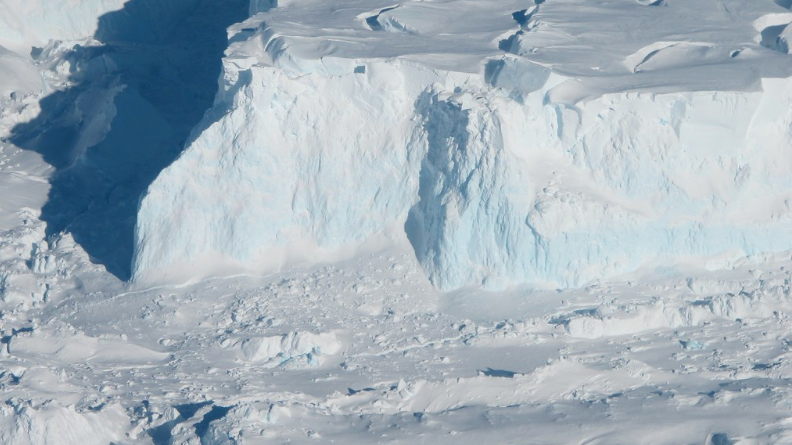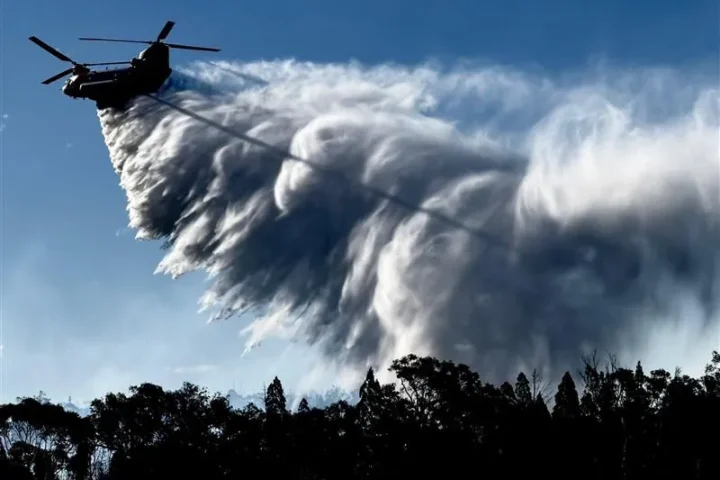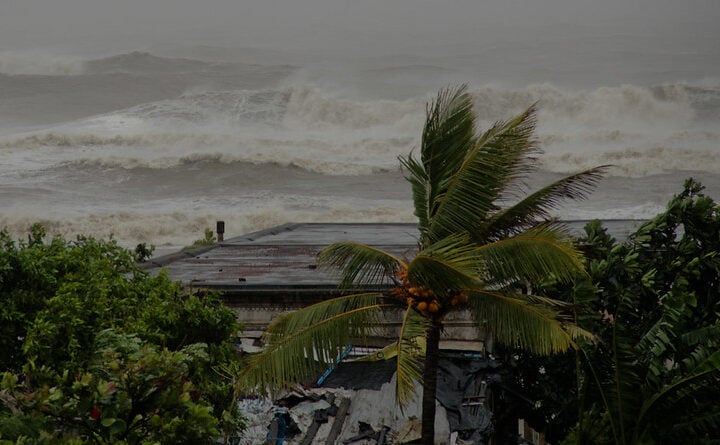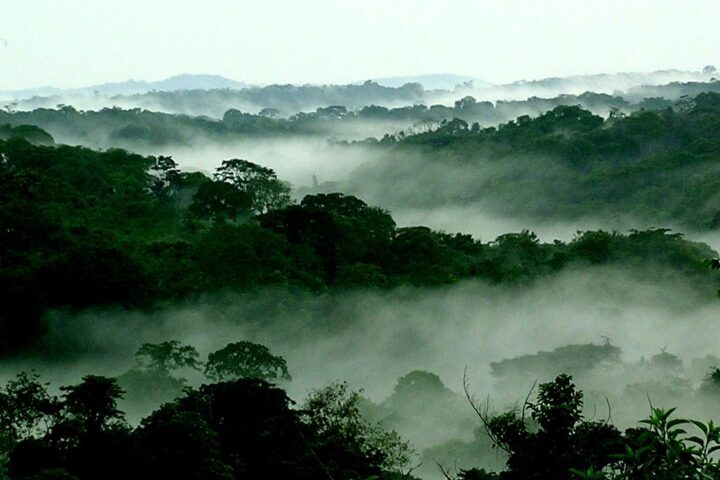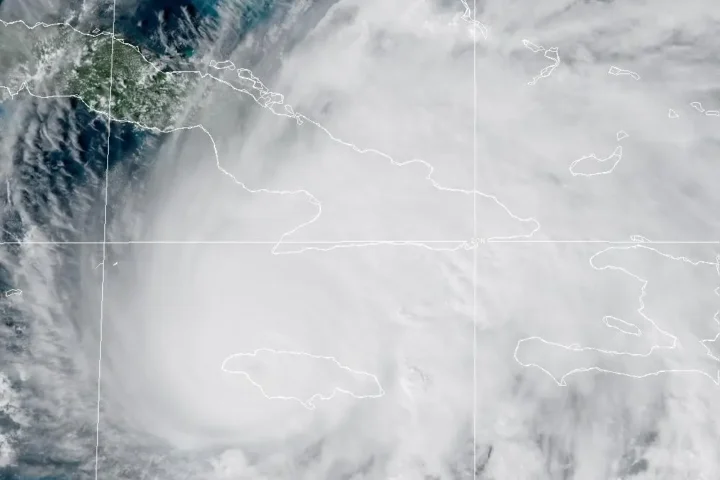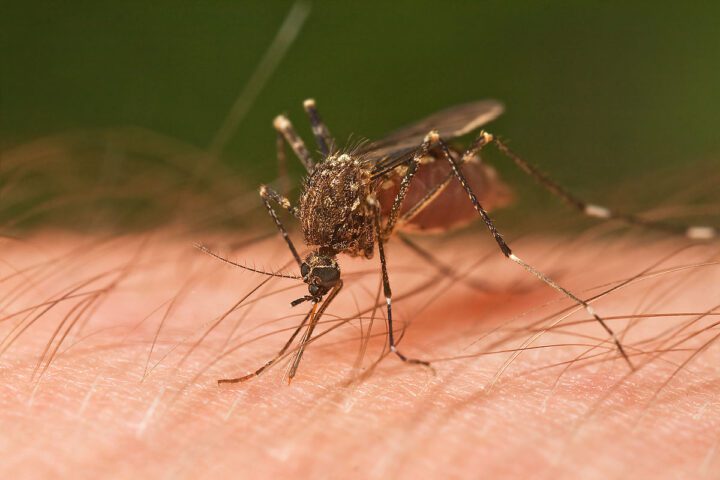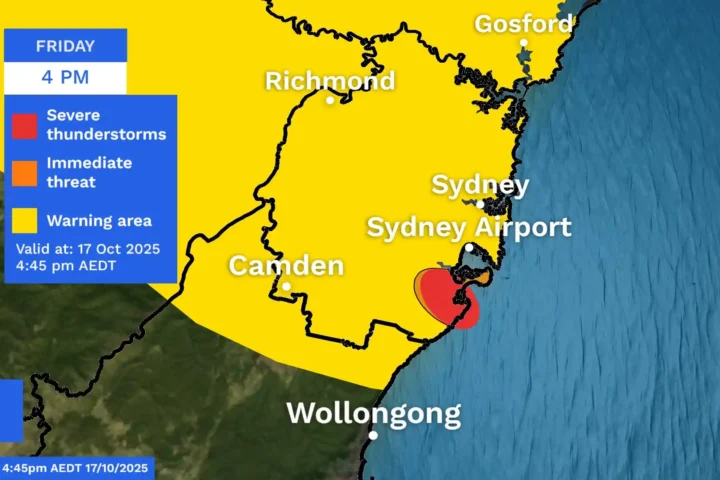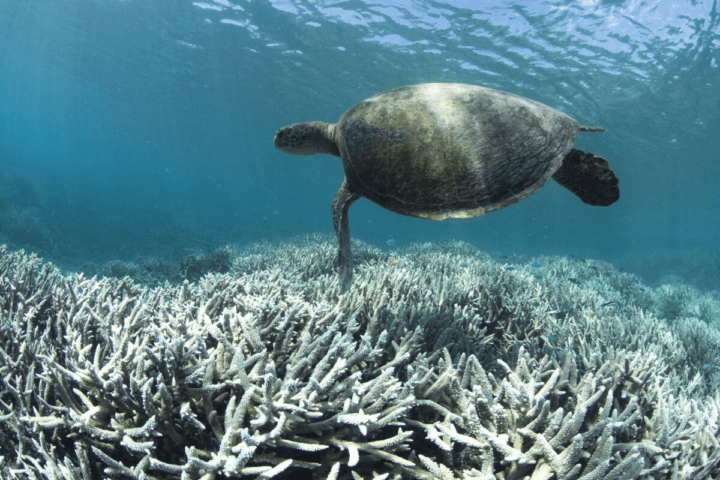The United Nations proclaimed May 22 as the International Day for Biological Diversity, a date to remind us of the importance of preserving the planet’s natural wealth; since human survival depends on healthy ecosystems. In 2024, the theme is “Be Part of the Plan,” which seeks to involve all sectors of society in the implementation of the Biodiversity Plan.
In a world where technology advances rapidly, it is essential to keep in mind that water, food, medicine and energy, among other essential resources, derive directly from nature. Therefore, respect, protection and restoration of biodiversity are fundamental to ensuring a more sustainable future. “As the global community is called to re-examine our relationship to the natural world, one thing is certain: despite all our technological advances we are completely dependent on healthy and vibrant ecosystems for our water, food, medicines, clothes, fuel, shelter and energy, just to name a few,” the UN states on its website.
“While adaptation strategies, such as restoring and protecting green corridors between animal habitats offer some respite, tackling underlying drivers of extinction remains crucial, because this goal cannot be reached as long as we risk accelerating extinctions,” said Zita Sebesvari, Deputy Director of UNU’s Institute for Environment and Human Security and lead author of the Interconnected Disaster Risks report. In the long term, avoiding extinctions and co-extinctions will be the only realistic solution to halt biodiversity loss, which requires a shift of mindsets.
“Conservation efforts must extend beyond individual species to encompass entire ecosystems,” she explained
The UN also highlights that in December 2022 a global plan was agreed to transform our relationship with nature. The adoption of the Kunming-Montreal Global Biodiversity Framework, also known as the Biodiversity Plan, sets concrete goals and measures to halt and reverse nature loss by 2050. “That is why the theme of the International Day for Biological Diversity “Be Part of the Plan” seeks to urge governments, indigenous peoples, local communities, non-governmental organizations, legislators, businesses and citizens to actively collaborate in the implementation of the Biodiversity Plan, sharing their contributions and committing to the cause. We all have a vital role to play and can contribute significantly to the success of the plan,” the UN emphasizes.
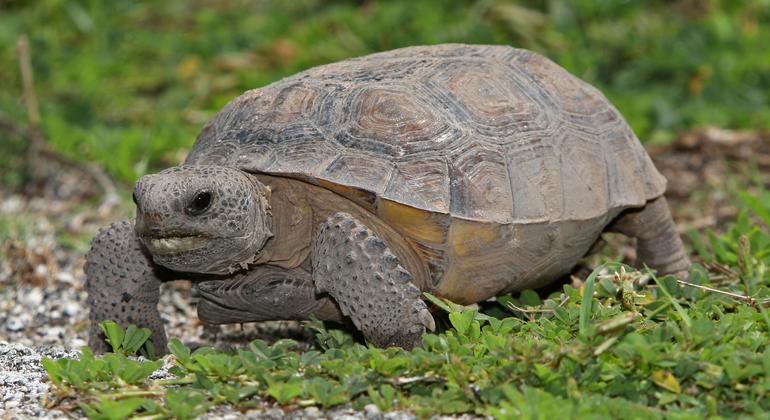
According to data published by the UN, more than half of the world’s GDP depends on nature, and around one billion people depend on forests for their livelihoods. In addition, land and ocean absorb more than half of carbon emissions, contributing to mitigating climate change. The main impacts on biodiversity are land use change, human activity altering over 70% of the ice-free surface area causing habitat loss, climate change transforming ecosystems globally, leading to species loss and displacement, and increased extinction risk with warming.
The disappearance and deterioration of biodiversity and ecosystems will prevent the achievement of 80% of the targets of eight of the Sustainable Development Goals. Human activity has altered 75% of the terrestrial environment and 66% of the marine environment. One million animal and plant species are at risk of extinction.
Similar Posts
One million species are currently at risk of extinction: UN experts determine an interconnected web of risks, as the acceleration of vulnerable species across the ecosystem triggers a domino effect of biodiversity loss. The United Nations University (UNU) draws attention to coextinctions: the chain reaction that occurs when the complete disappearance of one species affects another.
Among the endangered animals is the gopher tortoise. This tragic story of biodiversity loss unfolds in the heart of the coastal plains of the southern United States. Gopher tortoises are architects who sculpt ecosystems and provide sanctuaries for over 350 species. With their front legs, they dig burrows that are six to nine meters long and 1.8 to 2.5 meters deep, creating an intricate web of life from small insects to larger amphibians who use the burrows for breeding, raising young and refuge.
As per UN, if the gopher tortoise were to disappear, a domino effect would likely ripple through the ecosystem. One of the most at risk is the critically endangered dusky gopher frog, a species already on the verge of extinction. Dependent on the tortoise’s burrows for shelter and survival, the loss of the tortoise would almost certainly jeopardize the frog’s existence as well.
“Urgent and decisive action is needed to preserve the resilience of ecosystems and ensure the survival of our planet’s diverse web of life. Embracing nature as an integral part of our culture is essential to secure a sustainable future, recognizing that our fate is inevitably intertwined with the fate of the natural world,” Ms. Sebesvari concluded.

